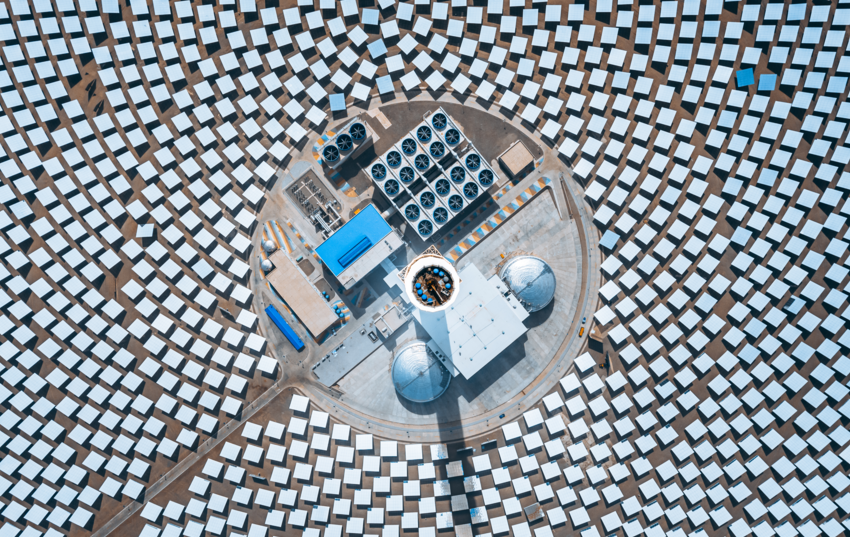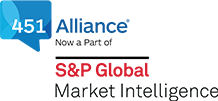
Source: AerialPerspective Works/Stock Photos | Cirlce/via Getty images.
As Europe’s datacenter industry grapples with increasing energy demands driven by AI and digitalization, IT decision makers face a complex landscape of regulatory hurdles and power constraints. The recent Datacloud Energy & ESG Europe conference highlighted these challenges and explored potential solutions to bridge the gap between the datacenter and power sectors.
The AI impact on energy demand
The rise of AI technologies has significantly increased energy requirements, necessitating an estimated 600 GW of additional renewable capacity to meet sustainability goals. This surge in demand places immense pressure on the power sector to deliver reliable and sustainable energy solutions. Datacenter providers are increasingly focused on choosing locations based on power availability and transmission capacity, with established markets like Frankfurt, London, Amsterdam, and Paris presenting challenges in securing large power feeds.
Exploring nuclear power as a solution
Nuclear power is emerging as a controversial yet potentially viable solution to Europe’s energy challenges. Despite its reliability and long lifespan of up to 60 years, nuclear energy faces obstacles such as high costs, public opposition, and lengthy implementation timelines of eight to ten years. However, public perception, particularly among younger generations, may shift as nuclear power’s potential to aid in achieving net-zero goals becomes more recognized. The UK and France are more accommodating to nuclear developments compared to countries like Germany, Ireland, and the Netherlands.
Utilizing waste heat for district heating
In a bid to improve energy efficiency and public perception, waste heat from datacenters is increasingly being utilized in district heating initiatives. Germany is leading the charge by requiring heat use plans before issuing datacenter permits. Notable examples include Microsoft’s district heating project in Finland, Beyond.pl in Poland, and Equinix Inc. heating the Olympic swimming pool in Paris. These initiatives exemplify the growing recognition of waste heat as a valuable resource within a circular economy.
Strategic location selection for datacenter expansion
Given the power constraints in established markets, datacenter providers are exploring secondary markets such as Berlin, Madrid, and the Nordics for expansion. These areas offer potential growth opportunities with fewer regulatory and power supply challenges. On-site power generation and hybrid models are being employed as temporary solutions to reduce reliance on the grid and manage peak demand.
Collaboration with power grids and regulatory considerations
Enhanced collaboration between datacenters and power grids is essential to address the evolving energy landscape. Transparency from grid operators and strategic sharing of development plans by datacenter providers are key priorities. The EU’s Energy Efficiency Directive requires datacenters to report on power and water usage, aiming to promote efficiency and encourage the use of renewable energy. As these initial reports are analyzed, the full implications of the directive will become clearer, potentially leading to additional reporting requirements and the establishment of PUE limits.
Conclusion
Europe’s datacenter industry is at a crossroads, facing significant challenges in meeting growing energy demands while navigating regulatory and power obstacles. Collaboration between datacenter providers and power grids, strategic location selection, and innovative solutions like nuclear power and waste heat utilization are crucial to overcoming these hurdles.
Want insights on datacenter trends delivered to your inbox? Join the 451 Alliance.
This content may be AI-assisted and is composed, reviewed, edited and approved by S&P Global in accordance with our Terms of Service.

